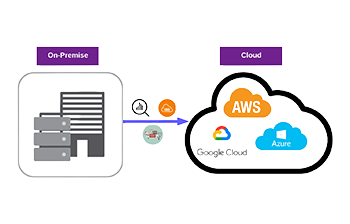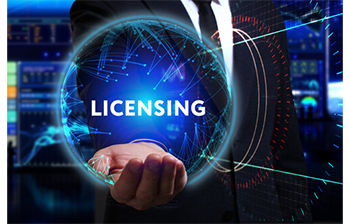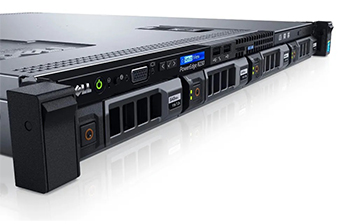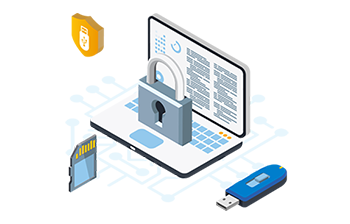SOFTWARE LICENSING
As a trusted provider of software licensing services, we specialize in creating legally binding guidelines for the utilization and distribution of software.
● Windows Desktop OS,
● Windows Server core,
● RDP CAL, SQL, and
● Adobe products
● Azure Pay-as-you-go model Licensing (monthly billing).
● Azure Reserved Instance Model Licensing (Monthly / Annual).
● M365 Product and Services Subscription (Monthly / Annual)
Our license models encompass a combination of parameters that determine how customers can use the software while maintaining copyright compliance. By mapping license attributes into logical groups, we ensure that protected applications are deployed and utilized according to the defined guidelines.
With the ability to tailor software licensing models based on customer needs and preferences, we provide a distinct advantage that resonates with our clients, fostering strong and mutually beneficial relationships.

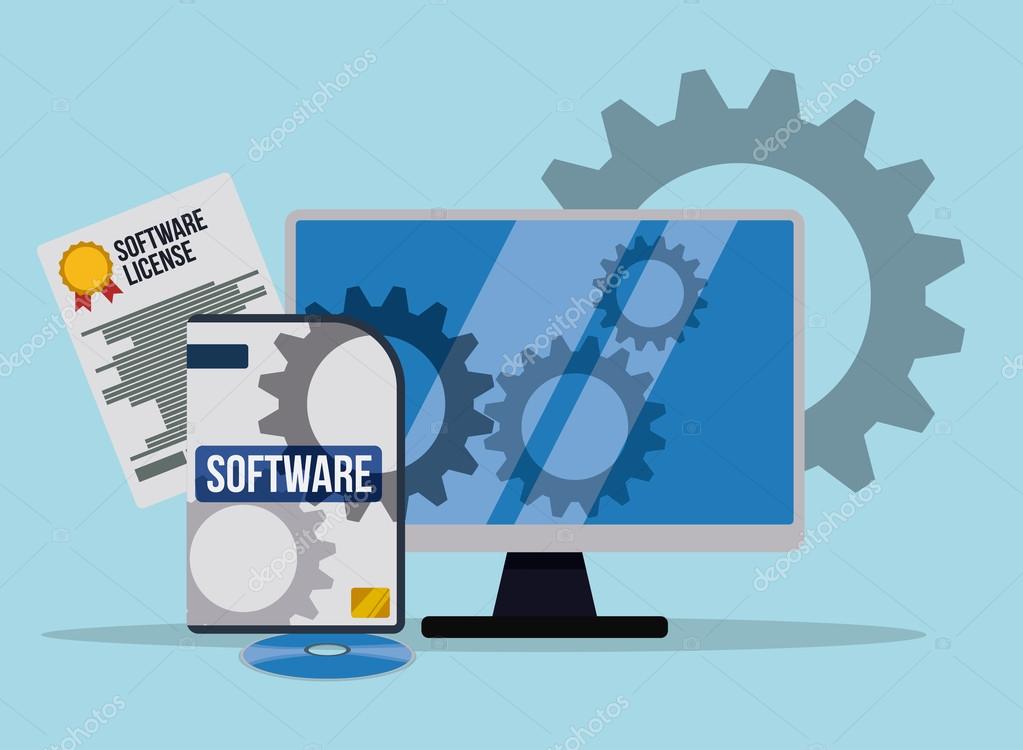
Concurrent Licensing: Concurrent licensing enables businesses to purchase bulk licenses for their employees without financial waste or complications. With this model, multiple users can share a single license code, simplifying license management for companies.
Subscription-Based Licensing: Subscription-based licensing has gained popularity, particularly in consumer markets, with companies like Spotify and Adobe leading the way. Customers pay a recurring fee at regular intervals (monthly, yearly) for access to the software. This model offers familiarity, self-service features, and predictable billing, contributing to high customer satisfaction.
Proprietary Licensing: Most software licensing models today fall under proprietary licenses. With proprietary licenses, customers purchase the right to use the software while the provider retains ownership. Customers must agree to the Terms and Conditions, acknowledging that the software remains the property of the provider. Examples include Microsoft Windows.
Network Licensing: Network licensing addresses situations where consistent internet access is not available. It ensures control over feature access and license monitoring even without internet connectivity.
Floating Feature Licensing: Floating feature licensing allows customers to purchase multiple licenses while managing the use of features among users simultaneously. It offers flexibility and cost savings by allowing companies to choose and allocate features based on their needs.
Perpetual Licensing: Perpetual licensing is a traditional software licensing model where customers make a one-time purchase of the software and own it indefinitely. They typically pay an upfront fee and may have to pay a yearly maintenance fee. This model provides cost certainty, as customers are not affected by pricing changes in subscription models. Perpetual licenses are often used for self-hosted software, although many companies are shifting towards subscription models.
Feature-Based Licensing: Feature-based licensing provides high flexibility by allowing control over which features can be used on each license code. It allows customization based on the requirements of individual employers or users.
Cloud-Based Licensing: Cloud-based licensing offers access to software anytime and anywhere. Subscription licenses are commonly cloud-based, providing user-centric access. Existing on-site licensing platforms can be transitioned to the cloud, although migrating non-cloud licenses may be less recommended.


